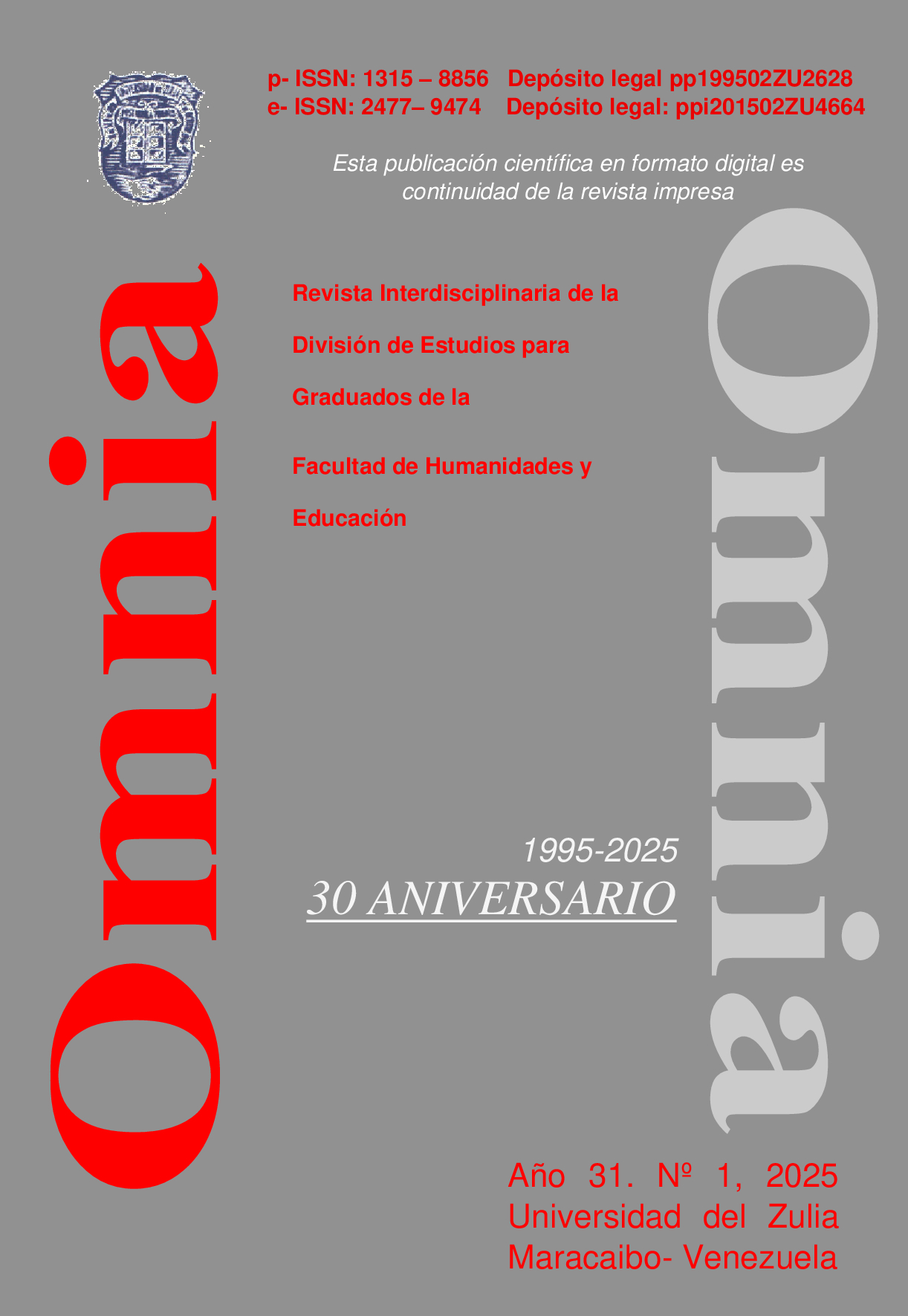Happiness in older adults. A vision after the Covid 19 pandemic
Abstract
Aging is a natural, gradual, continuous process, during which physical, biological, psychological and social transformations take place over time; that currently more people experience, taking into account the notable increase in life expectancy worldwide. The decade of healthy aging (2020 - 2030) stands out, in which it is intended that the so-called older adults or the elderly; who, according to the World Health Organization (WHO), are people over 60 years of age, present good physical and mental health and function functionally in the different social groups in which they interact. This study presents as a general objective to determine the level of happiness in older adults, after the covid-19 pandemic, based on the approaches of Alarcón (2006) and Seligman (2006). The research was descriptive and field study model, with a non-experimental, transectional-descriptive design. An intentional non-probabilistic sample was taken of 156 older adults between 65 and 85 years of age, residents of Zulia and Falcón states. The "Adapted version of the Lima Happiness Scale for older adults" by Árraga and Sánchez (2008), with adequate psychometric properties was administered. The results indicate that the level of happiness in the elderly is high, as well as in all its dimensions (satisfaction with life, personal fulfillment, positive sense of life, joy of living). Statistically significant differences were found in happiness according to marital status, educational level, and institutionalized
Downloads
References
Arcila Muñoz, Hosman (2001). Medición de niveles de bienestar subjetivo o felicidad, de una muestra a conveniencia, de los afiliados al programa para la salud psicofísica –prosa–, Universidad de Antioquia. Medellín.
Arias, Walter; Yépez, Luis; Núñez, Ana; blitas, Adriana; Pinedo, Susana; Masías, María y Hurtado, Joice (2014). Felicidad, depresión y creencia en la benevolencia humana en adultos mayores institucionalizados y no institucionalizados. Jul.-Dic. 2013, Vol. 1, N° 2: pp.83-103. http://dx.doi.org/10.20511/pyr2013.v1n2.32.
Árraga, Marisela y Sánchez, Marhilde (2007). Bienestar subjetivo en adultos mayores venezolanos. Revista Interamericana de Psicología/Interamerican Journal of Psychology, 44(1), 12-18. https://www.redalyc.org/-pdf/284/28420640002.pdf.
_____________ (2007). Identidad de ancianos marabinos. Opción, 23(54), 61-79. http://ve.scielo.org/scielo.php?script=sci_arttext&pid=S1012-15872007000300005&lng=es&tlng=es.
Beck, Aaron; Rush, Arthur; Shaw, Brian y Emery, Gary (1985). Terapia cognitiva de la depresión. Madrid: Descleé de Brouwer.
Borges, Nubia., Castro, Monserrat., Cetina, Cinthya., Cruz, Beatriz., de los Reyes, Mariana y Novelo, Jessica (2016). El concepto de felicidad en personas de la tercera edad de la ciudad de Mérida, Yucatán. Enseñanza e Investigación en Psicología, 21(3), 282-290. https://www.redalyc.org/pdf/292/29248182008.pdf.
Cardona, Doris., Segura, Ángela., Segura, Alejandra., Muñoz, Diana y Agudelo, Maite (2019). La felicidad como predictor de funcionalidad familiar del adulto mayor en tres ciudades de Colombia. Hacia Promoc. Salud, 24(1), 97-111. http://doi:10.17151/hpsal.2019.24.1.9.
Diener, Ed (2000). Subjective well-being: The science of happiness and a proposal for a national index. American Psychologist, 55(1), 34-43. http://doi:10.1037/0003-066X.55.1.34.
Gómez, Adela (2007). La depresión en el anciano. Clínica y tratamiento. OFFARM, 26(9), 80-94. https://www.elsevier.es/es-revista-offarm-4-pdf-13111062.
González, Luis Isaí., Aguirre, Angélica., Kraunik, Rumina., Palacios, Rebeca., Sepúlveda, Paula y Rapiman, María E (2016). El adulto mayor feliz, como ser-para-la-muerte: estudio fenomenológico. Medwave. 16(9), 6574. http://doi:10.5867/medwave.2016.09.6574.
Lafontaine, Gustavo (2021). La felicidad en Venezuela: factores de riesgo y de protección. Comunicación, 194, 37-50. https://-comunicacion.gumilla.org/wp-content/uploads/2021/08/Com_194.pdf.
Loarte, Judi (2020). Resiliencia y felicidad en adultos mayores de un programa de salud de Lima Norte 2018. (Tesis de Grado, Universidad Privada del Norte). Lima, Perú. http://hdl.handle.net/11537/23735.
Montero, L (2011). Tercera edad: La próxima mayoría en México. ¿Estamos preparados? Contenido, 22, 29.
Puello, Elsy., Sánchez, Álvaro y Flórez, Marisol (2017). Nivel de felicidad en un grupo de adultos mayores de Montería, pertenecientes a un programa de danza. Avances en Salud, I(I), 29-36. https://docs.-bvsalud.org/biblioref/2020/04/1094856/nivel-de-falicidad-adultoma-yor.pdf.
Quick, James y Quick, Jonathan D (2004). Healthy, happy, productive work: A leadership challenge. Organizational Dynamics, 33(4), 329–337. http://doi.org/10.1016/j.orgdyn.2004.09.001.
Ruut, Veenhoven (2010). El estudio de la satisfacción con vida. Intervención Psicosocial, XLVIII (2), 87-106.
Seligman, Martin (2002). Las tres vías hacia la felicidad. Ediciones B, S. A.
___________ (2006). La auténtica felicidad. Ediciones B, S. A.
Strejilevich, Leonardo (2004). Gerontología social. Dunken.Bernardo do Campo: UNESCO – UMESP.





